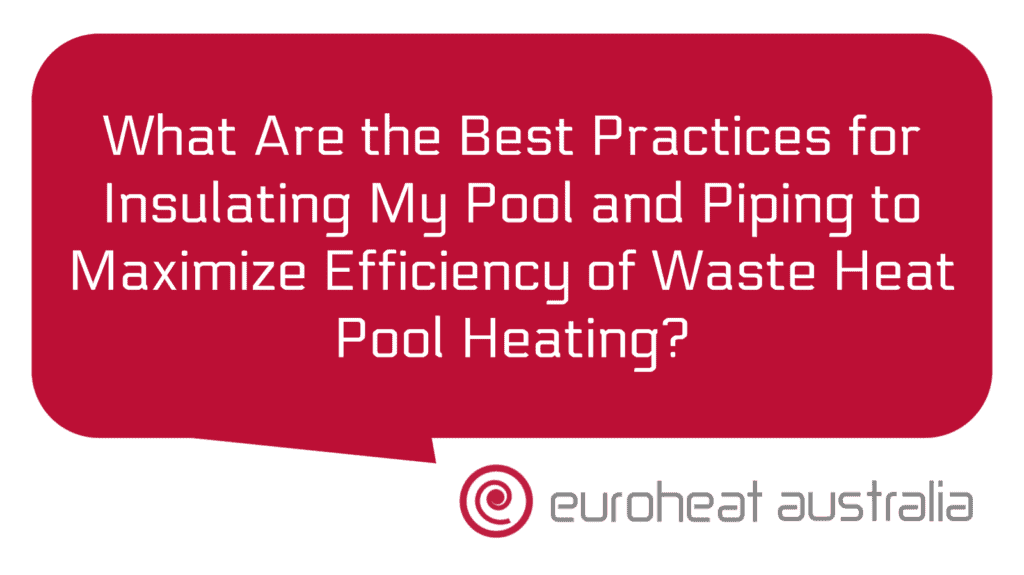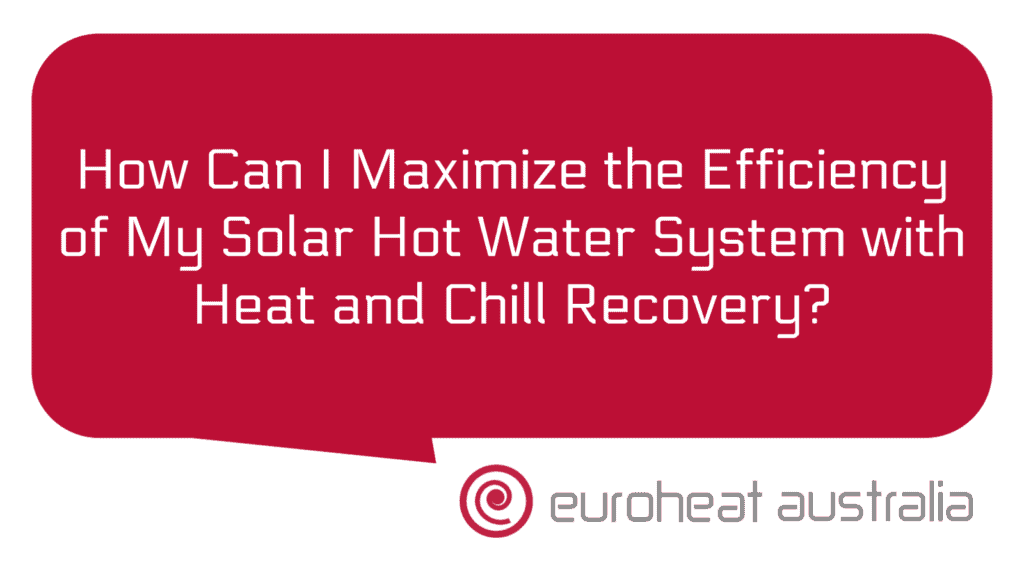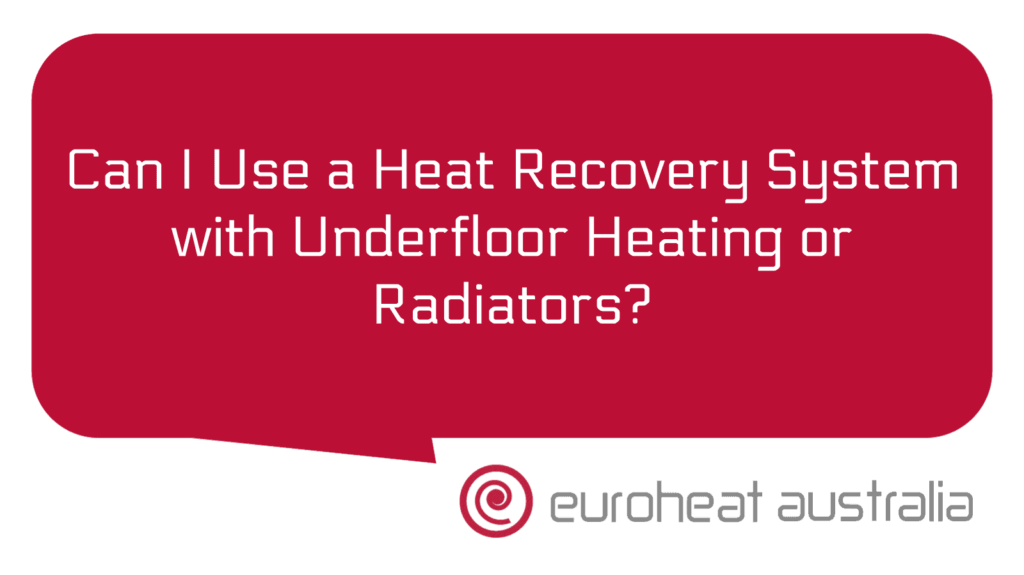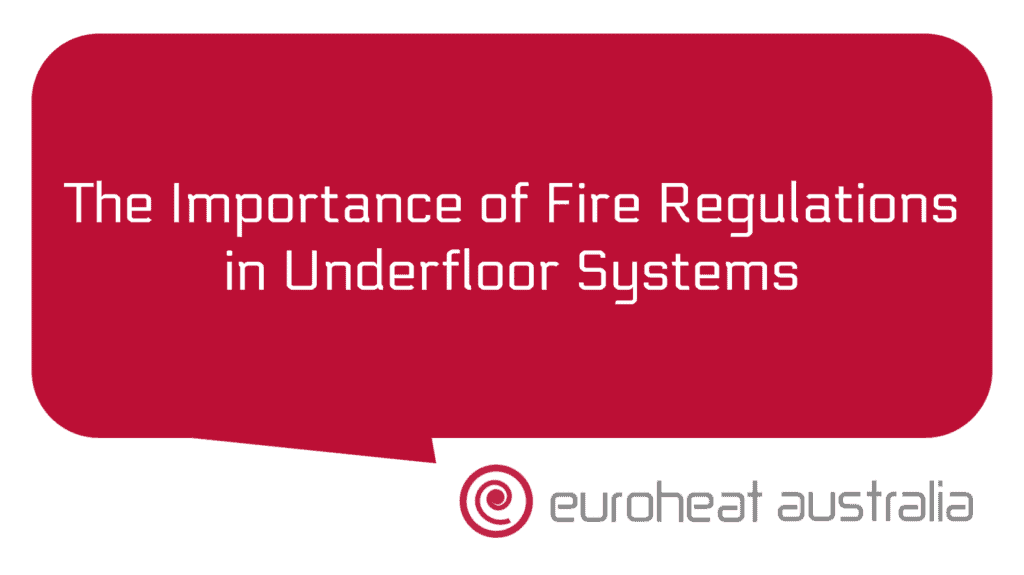When it comes to pool heating, many homeowners are trying to maximize their energy efficiency and reduce running costs. Insulating your pool and piping is an important step when it comes to making sure your pool is as energy efficient as possible. With the right insulation and design, you can significantly reduce operational costs and maintain comfortable water temperatures year round.
Insulating your pool will help keep the heat inside the pool, reducing the amount of energy used to keep it warm. In addition, insulating your pipes will help ensure that the hot water you are pumping into your pool is not wasted through heat loss in the pipes. So how do you go about insulating your pool and piping for maximum efficiency?
The first step is to identify any areas of heat loss in both your pool and piping. For example, if you have a concrete or fibreglass swimming pool, there may be gaps between the shell and lining which can cause significant heat loss without proper insulation. Similarly, gaps in pipework or poorly insulated fittings can also lead to significant heat loss over time.
Once any areas of heat loss have been identified, it’s time to move onto selecting an appropriate insulation material for each area. For pools, polystyrene foam sheets are a popular choice due to their low cost and ability to provide effective insulation with minimal effort. Similarly for piping systems, polyethylene foam tubes are a great option as they are easy to install and provide excellent thermal protection at a low cost.
The next step is installation – make sure that all insulation materials are properly fitted with no gaps or air pockets that could cause further heat loss down the line. Also make sure that all joints between materials are sealed with appropriate sealants such as silicone or caulk so that no moisture can seep through which could damage both the insulation material and surrounding environment over time.
Finally, consider investing in a waste-heat recovery system such as those designed and installed by Euroheat Australia – Perth-based engineers & installers with 30 years of experience providing hydronic heating & cooling systems across Australia. These systems take advantage of any excess hot water generated by heating systems such as boilers or solar panels which would otherwise be wasted by using it to pre-heat incoming cold water instead – reducing energy costs considerably over time!
To summarize: insulating your swimming pool & piping is an essential step when trying to maximize energy efficiency when heating a swimming pool – not only will this help prevent unnecessary heat loss but also reduce operational costs over time too! When selecting materials for insulation make sure you choose ones suitable for both pools & pipework – polystyrene foam sheets & polyethylene foam tubes being two popular choices due to their low cost & excellent thermal properties! Finally consider investing in a waste-heat recovery system such as those provided by Euroheat Australia – not only will these help reduce running costs but also provide peace of mind knowing that you’re doing all that you can do minimize wasted energy!





